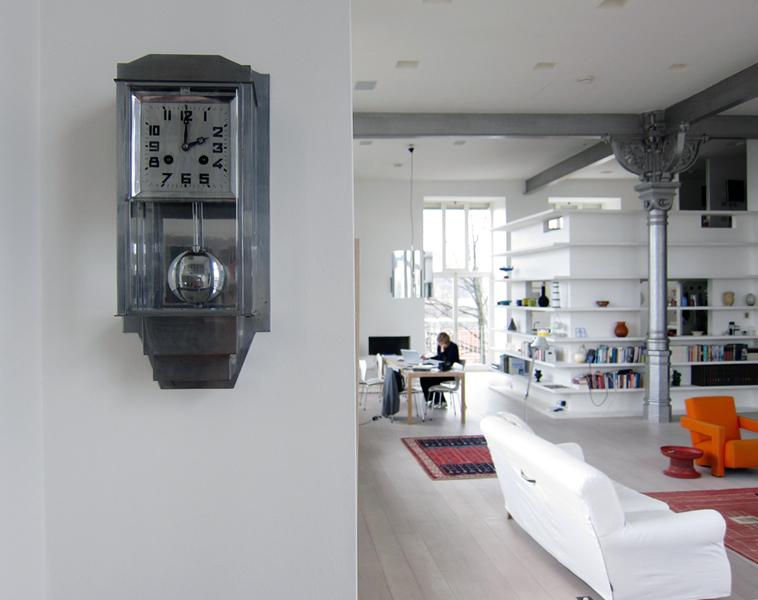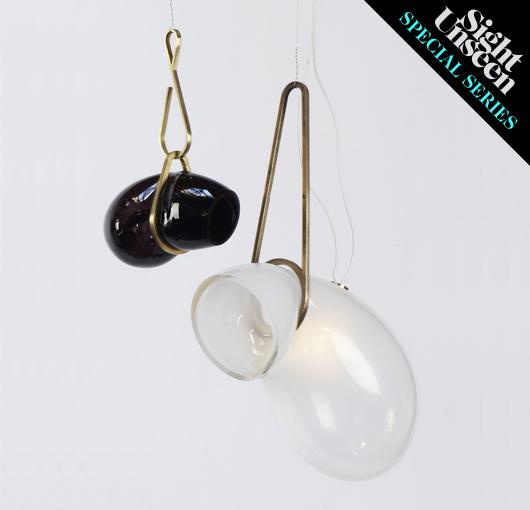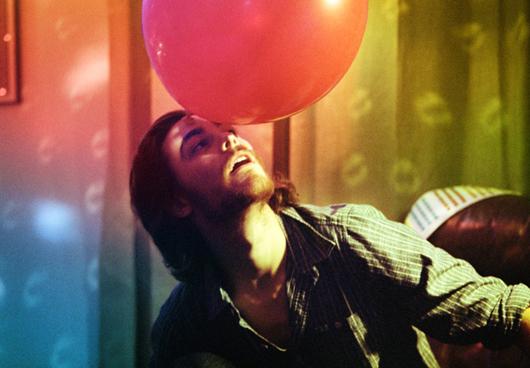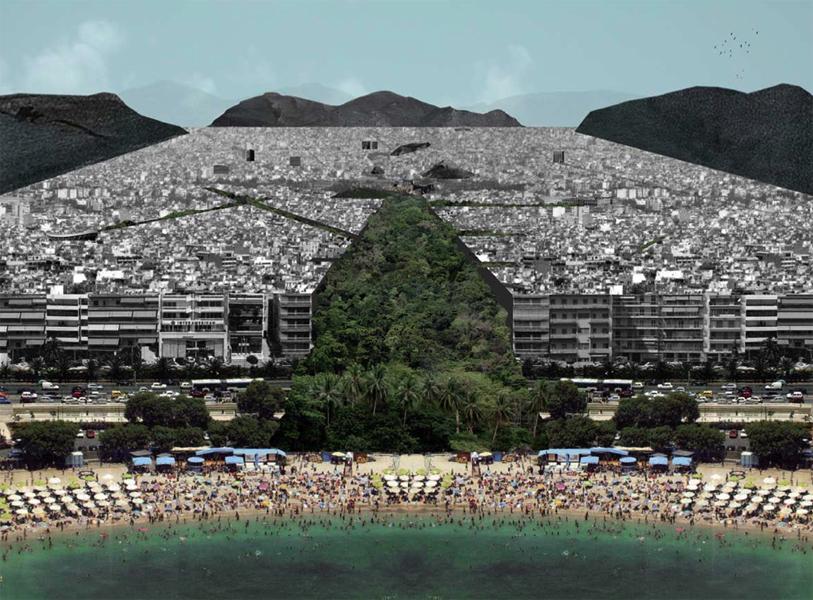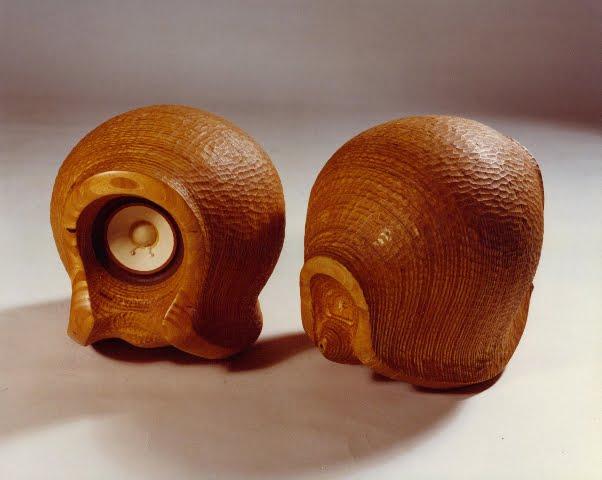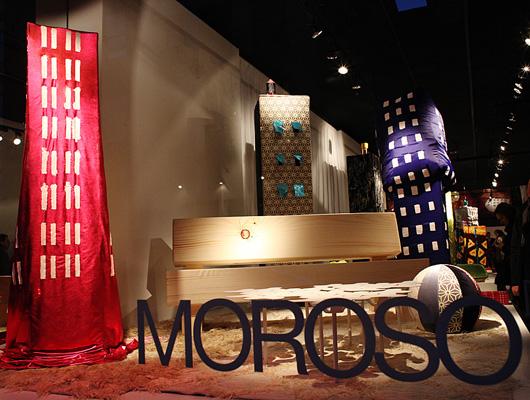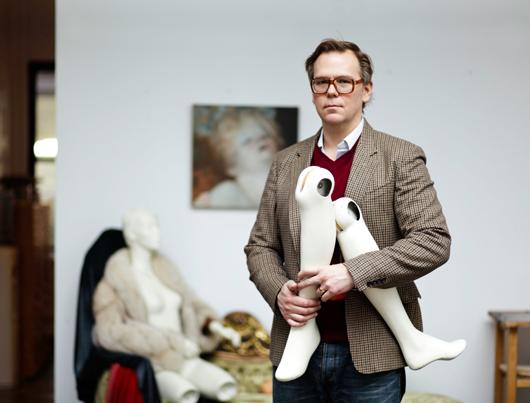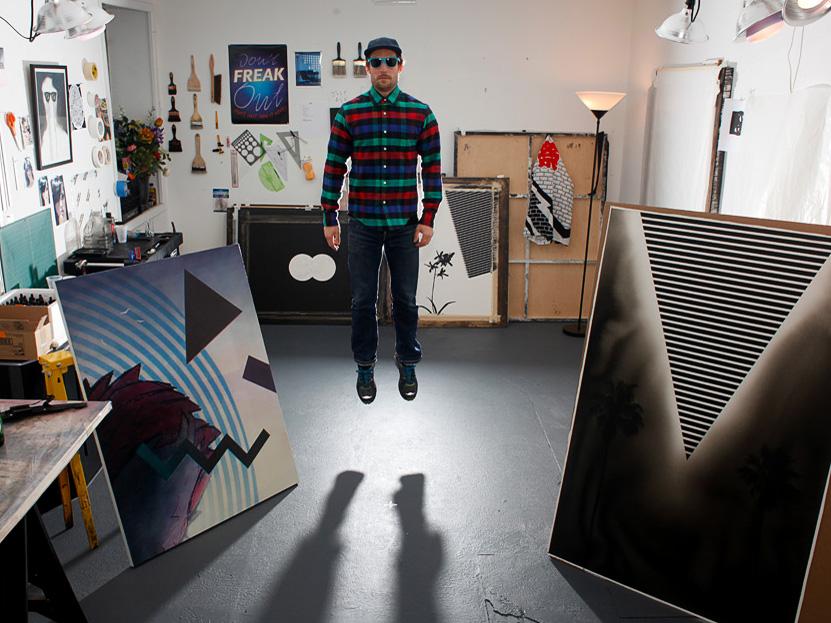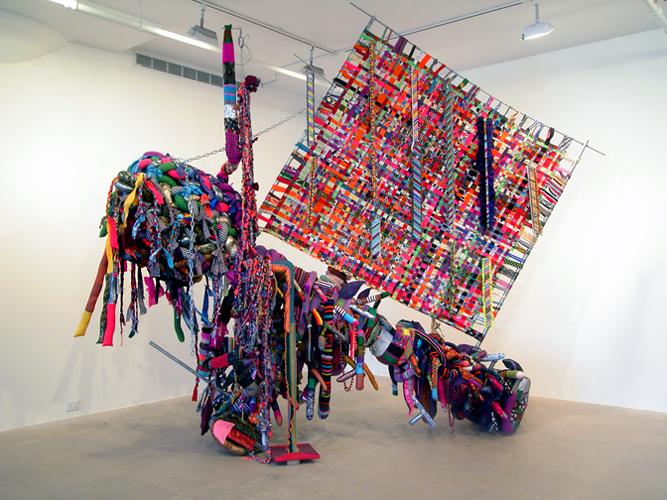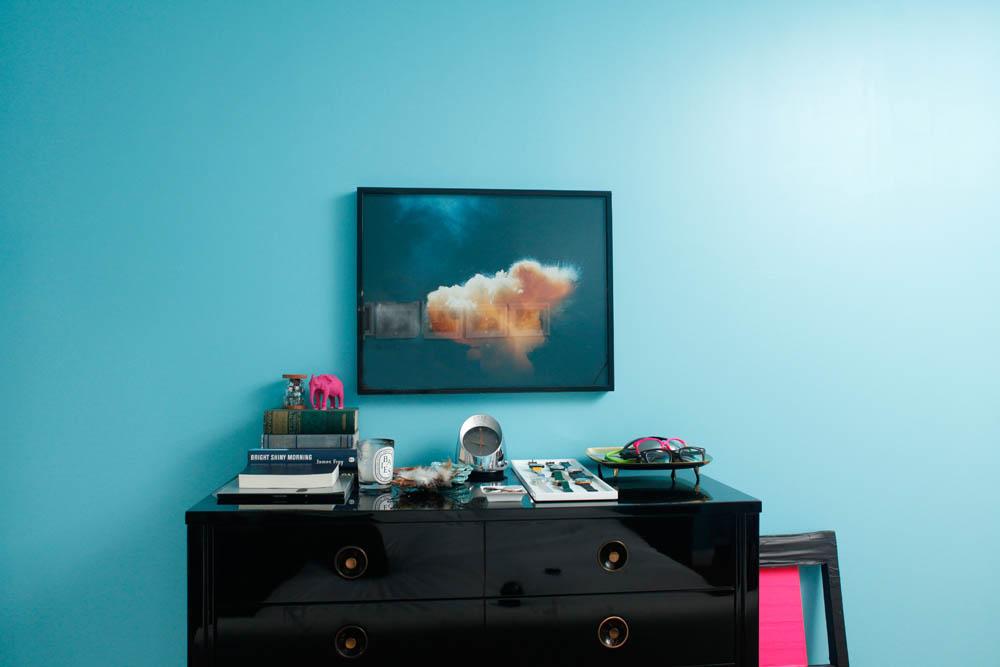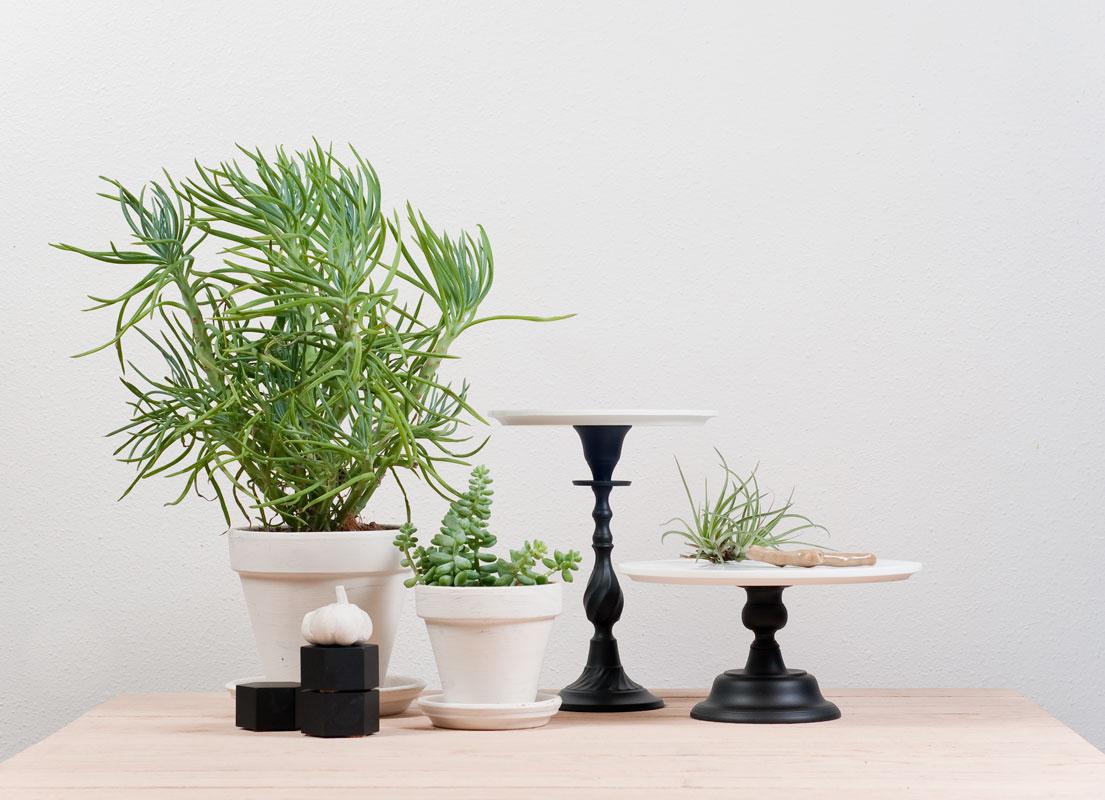
06.06.11
Excerpt: Exhibition
Substitutes at Berlin-Weekly
Peer through the window of the narrow, unassuming storefront space at 160 Linienstrasse in Berlin this week — which, like Maurizio Cattelan's once perpetually shuttered Wrong Gallery, allows for little more than such a glance — and you may feel perplexed at the seemingly disparate objects scattered about its plinths. Toasters, ash trays, broomsticks, plastic spiders: not your typical fare for a gallery like Berlin-Weekly, which normally invites one artist or designer per week to create an elaborate installation piece behind its locked doors for the enjoyment of passersby. During this year's Berlin Design Week, however, owner and curator Stefanie Seidl decided to shift the proposition a bit, partnering with designer Fabian Baumann to ask 40 creatives for two personal objects exploring the theme of "Substitutes"; say, a rolled-up magazine when no fly-swatter is handy, or a spider in lieu of coffee (read on to figure out what we mean by that one). The results will be visible in the Berlin-Weekly space from June 1 to 28, but you can see a portion of its contents in the excerpt below.
